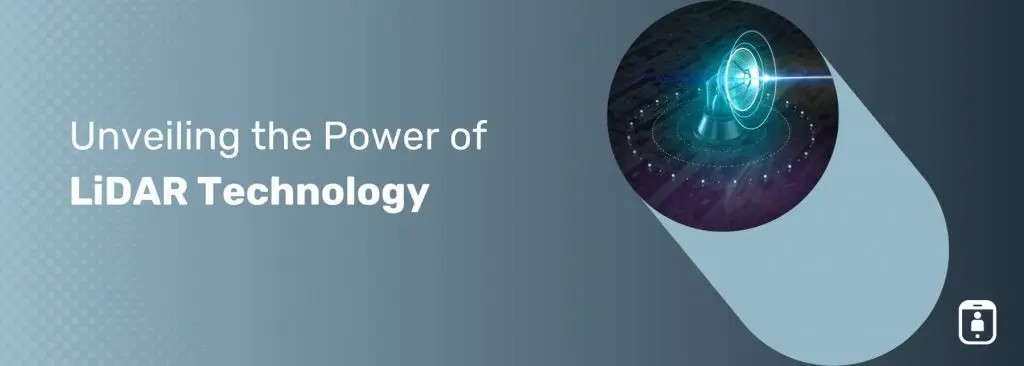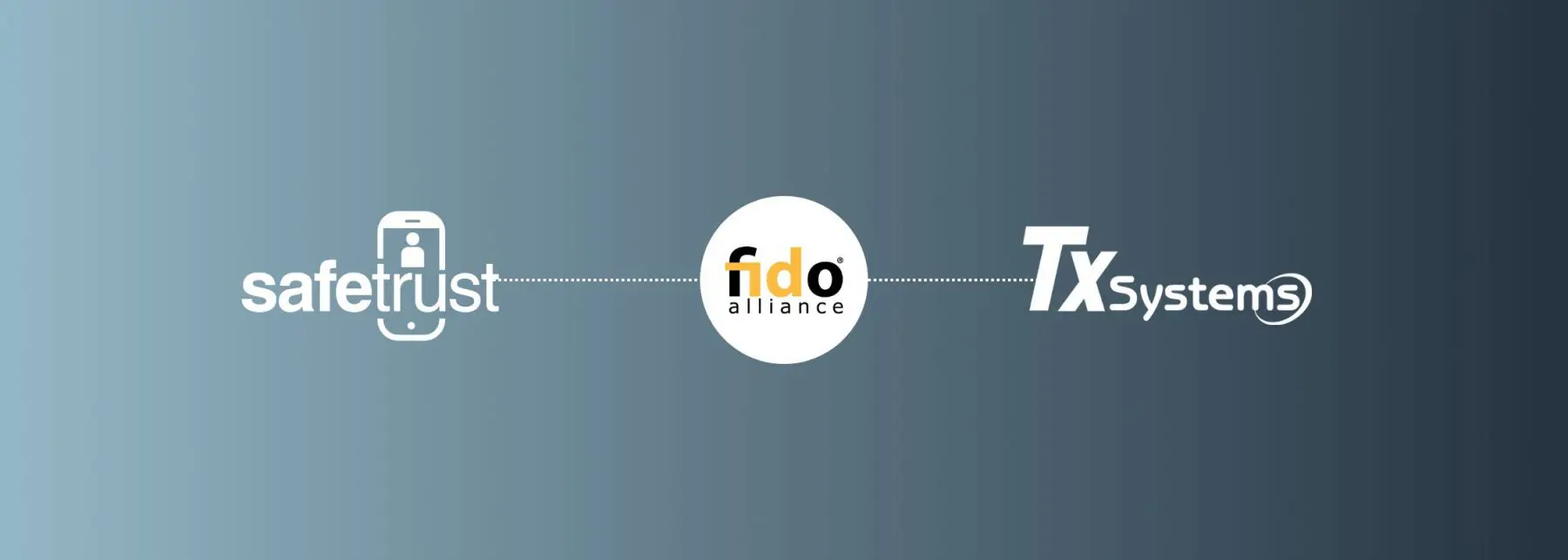In today’s rapidly evolving tech landscape, security solutions are far beyond just locks, keys, and cameras. Advanced technologies are shaking up how we protect our spaces, and one such game-changer is Lidar technology. Originally developed for topographic mapping, Lidar has now found applications in various fields, including autonomous vehicles, archaeology, and significantly, in security. So, what exactly is Lidar, and how is it transforming the security industry?
What is Lidar Technology?
Lidar, short for Light Detection and Ranging, is a remote sensing method that uses light in the form of a pulsed laser to measure distances. These light pulses, combined with other data recorded by the sensor, generate precise, three-dimensional information about the shape and surface characteristics of the target area. By emitting laser beams and measuring the time it takes for the light to bounce back, Lidar creates a detailed 3D map of the environment, which can be processed in real-time to detect movements, identify objects, and analyze patterns.
Key Features of Lidar Technology
- High Resolution and Accuracy: Lidar technology provides incredibly detailed and accurate 3D images, allowing for precise mapping and object detection. This high resolution is crucial in security applications where every detail matters.
- Real-time Data Processing: Lidar systems can process data in real-time, providing immediate feedback and allowing for quick responses to any detected anomalies or threats.
- Wide Area Coverage: Lidar can cover large areas efficiently, making it suitable for extensive surveillance and monitoring tasks.
- Versatility: Lidar is effective in various environmental conditions, including low light, fog, and rain, making it a reliable option for security purposes.
Applications of Lidar Technology in Security
- Enhanced Perimeter Security
Traditional security systems rely heavily on cameras and motion detectors, which can sometimes be prone to false alarms and limited in coverage. Lidar technology offers a robust solution by providing high-resolution, 3D imaging of the surroundings. This allows for precise detection of intrusions, even in challenging environments with poor visibility or obstructions. With Lidar, security personnel can have a detailed, real-time view of the perimeter, ensuring that any breach is detected promptly and accurately. - Improved Access Control
In high-security areas, access control is crucial. Lidar technology enhances the accuracy of identity verification and movement tracking. Lidar can scan and map individuals’ movements, ensuring that only authorized personnel can access restricted areas. This minimizes the risk of unauthorized entry and enhances overall security. - Advanced Surveillance
Lidar technology transforms traditional surveillance by providing 3D imagery that can detect subtle movements and identify objects with great precision. This is particularly useful in large or complex environments such as airports, stadiums, and industrial facilities. Lidar can differentiate between humans, animals, and inanimate objects, reducing the likelihood of false alarms and ensuring that security teams can respond effectively to genuine threats. - Crowd Management and Monitoring
In public spaces or during large events, managing and monitoring crowds is a significant challenge. Lidar technology can be used to monitor crowd density, movement patterns, and detect unusual activities. This information is invaluable for ensuring public safety and managing emergency situations efficiently. - Smart City Integration
As cities become smarter, the need for advanced security systems grows. Lidar technology can be integrated into smart city infrastructures to enhance public safety. From monitoring traffic patterns to detecting unusual activities, Lidar provides city authorities with the tools needed to maintain order and ensure the safety of residents.
The Future of Lidar in Security
The potential of Lidar technology in security applications is vast. As technology advances, we can expect even more sophisticated Lidar systems that offer higher resolution, faster processing times, and more extensive coverage. The integration of artificial intelligence and machine learning with Lidar data will further enhance its capabilities, allowing for predictive analytics and automated responses to potential security threats.
Lidar technology is revolutionizing the security industry by providing precise, reliable, and real-time data that enhances the effectiveness of security systems. Its applications in perimeter security, access control, surveillance, crowd management, and smart city integration are transforming how we protect our spaces and ensure a safer environment for all. As we continue to explore and develop this technology, the future of security looks promising with Lidar at the forefront.





